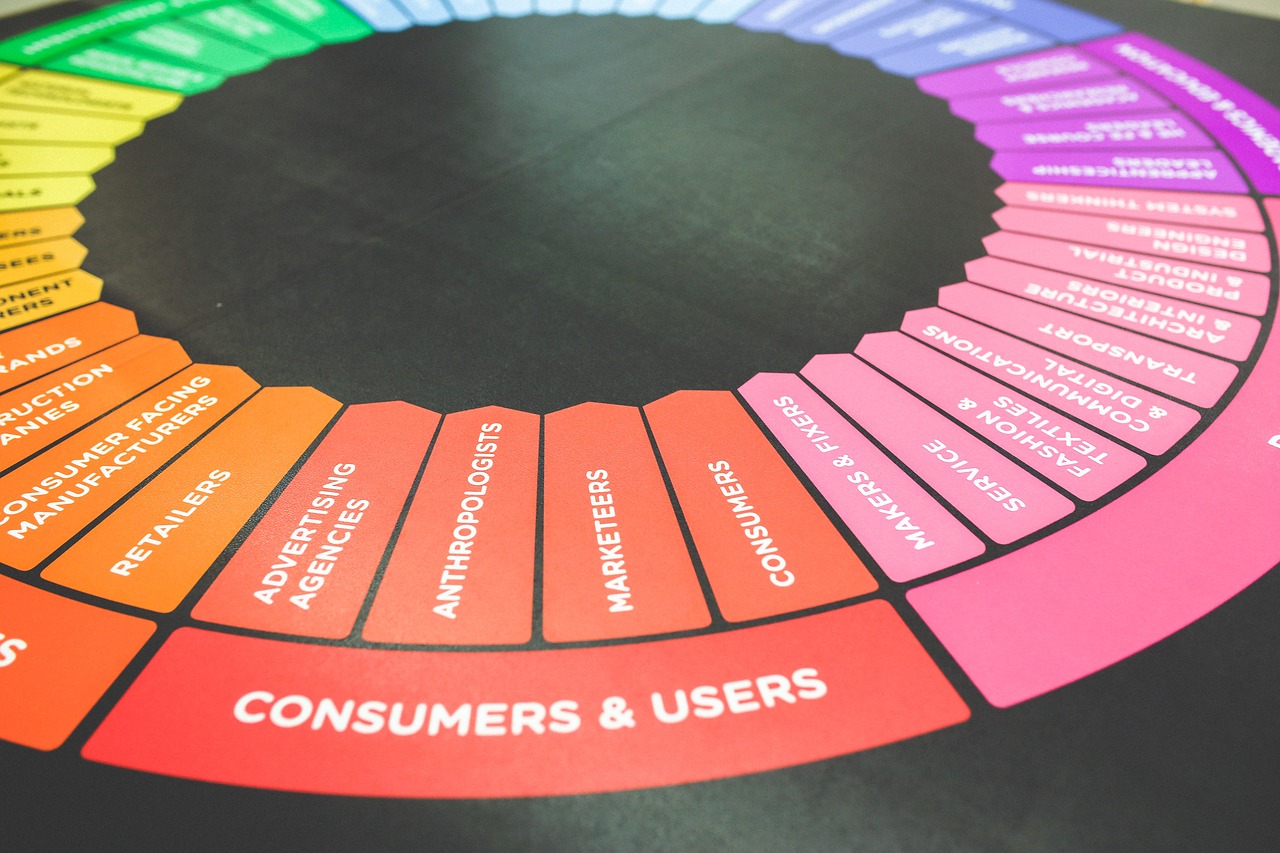
The advent of 5G technology is reshaping the telecommunications landscape, promising faster speeds, lower latency, and the ability to handle more connected devices than ever before. As businesses and consumers eagerly anticipate the potential of 5G, the need for modern core platforms that can support these next-generation networks becomes increasingly vital. These platforms must not only be robust and scalable but also flexible enough to adapt to the evolving demands of 5G technology.
5G-ready core platforms are designed to cater to the unique requirements of 5G networks, which are characterized by enhanced mobile broadband, ultra-reliable low latency communication, and massive machine-type communication. Unlike their predecessors, these platforms must deliver high-performance processing capabilities while maintaining the agility to support diverse applications ranging from autonomous vehicles to smart cities.
Key Features of 5G-Ready Core Platforms
To truly harness the potential of 5G, modern core platforms incorporate several critical features:
- Network Slicing: This enables the creation of multiple virtual networks within a single physical 5G network. Each slice can be customized to meet specific service requirements, allowing, for instance, a low-latency slice for autonomous vehicles and a high-throughput slice for video streaming.
- Edge Computing: By processing data closer to the source, edge computing reduces latency and improves real-time data handling. This is crucial for applications such as industrial IoT and augmented reality, where milliseconds can make a significant difference.
- Cloud-Native Architectures: Leveraging cloud-native technologies, these platforms offer scalability and flexibility. Containers and microservices architectures enhance the deployment and management of network functions.
- Advanced Security Features: With the increased number of connected devices, security becomes paramount. Modern core platforms integrate advanced security protocols to protect against cyber threats and ensure data integrity across the network.
Global Context and Deployment
The global rollout of 5G networks varies significantly by region, influenced by factors such as regulatory environments, infrastructure readiness, and investment levels. For instance, countries like South Korea and China have made substantial progress in deploying 5G networks, supported by government policies and significant investment from both public and private sectors.
In the United States and parts of Europe, telecom operators are rapidly upgrading their infrastructure to accommodate 5G, albeit with challenges related to spectrum allocation and urban planning. Meanwhile, emerging markets face unique hurdles, including the need for significant infrastructure development and the high costs associated with 5G deployment.
Challenges and Considerations
While the potential of 5G is vast, implementing modern core platforms poses several challenges:
- Interoperability: Ensuring seamless integration with existing 4G LTE systems and other legacy technologies is crucial for a smooth transition to 5G.
- Investment Costs: The financial investment required for 5G infrastructure is substantial, necessitating strategic planning and collaboration across industries.
- Regulatory Compliance: Navigating diverse regulatory landscapes and ensuring compliance with local and international standards is essential.
Conclusion
The development of modern core platforms for 5G-ready experiences is a complex, yet vital, endeavor. As the world moves towards a hyper-connected era, these platforms will underpin the technological advancements across industries. They offer the potential to transform not only telecommunications but also sectors such as healthcare, transportation, and manufacturing. By addressing the challenges and leveraging the opportunities presented by 5G, modern core platforms can pave the way for a future of unprecedented connectivity and innovation.















